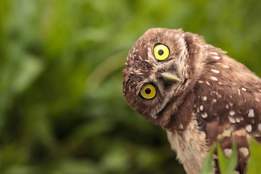dinoflagellate
noun
di·no·fla·gel·late
ˌdī-nō-ˈfla-jə-lət 


-ˌlāt;
-flə-ˈje-lət 
: any of an order (Dinoflagellata) of chiefly marine planktonic usually solitary unicellular phytoflagellates that include luminescent forms, forms important in marine food chains, and forms causing red tide
Love words? Need even more definitions?
Merriam-Webster unabridged









Share